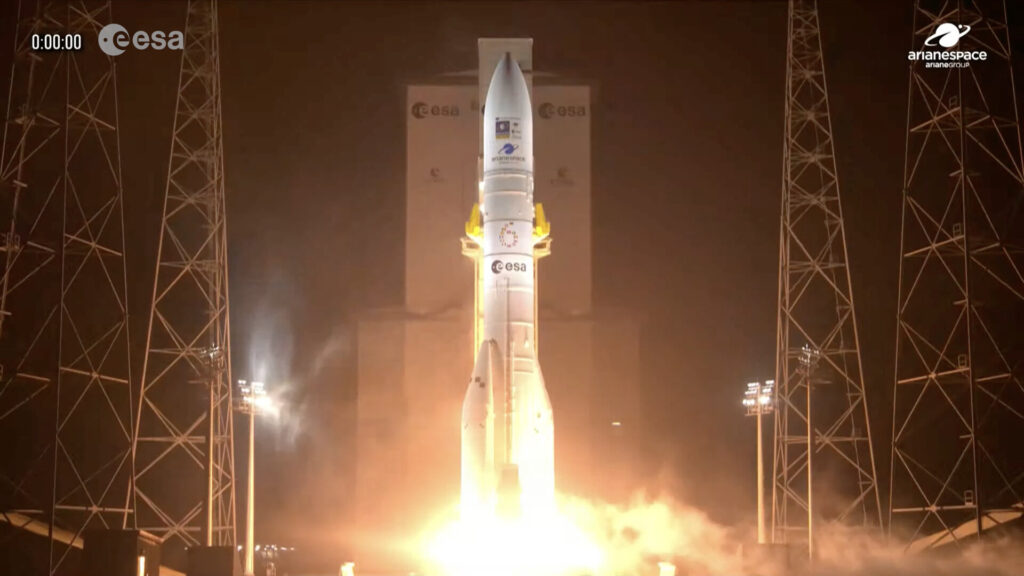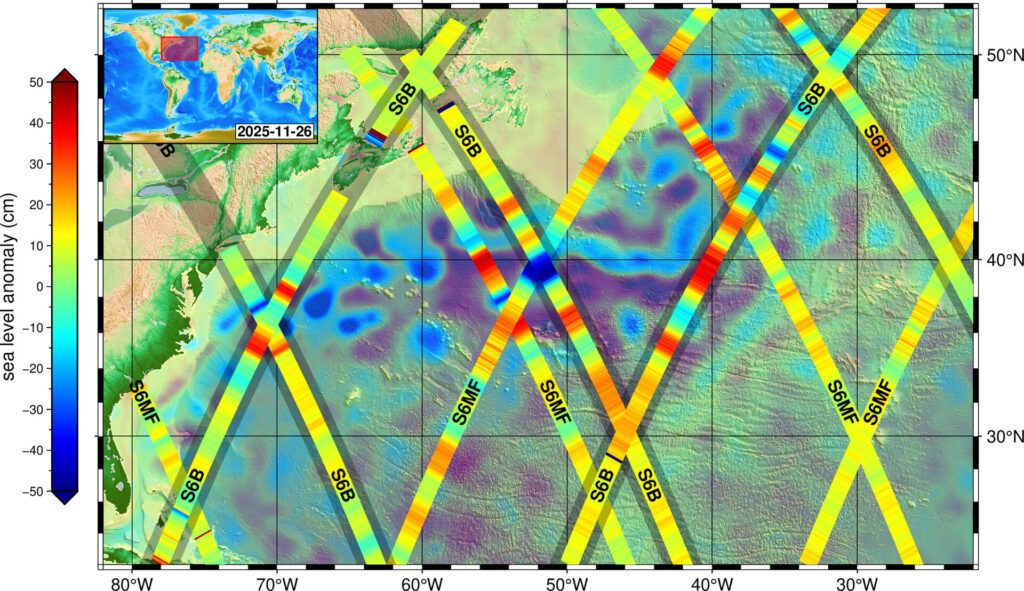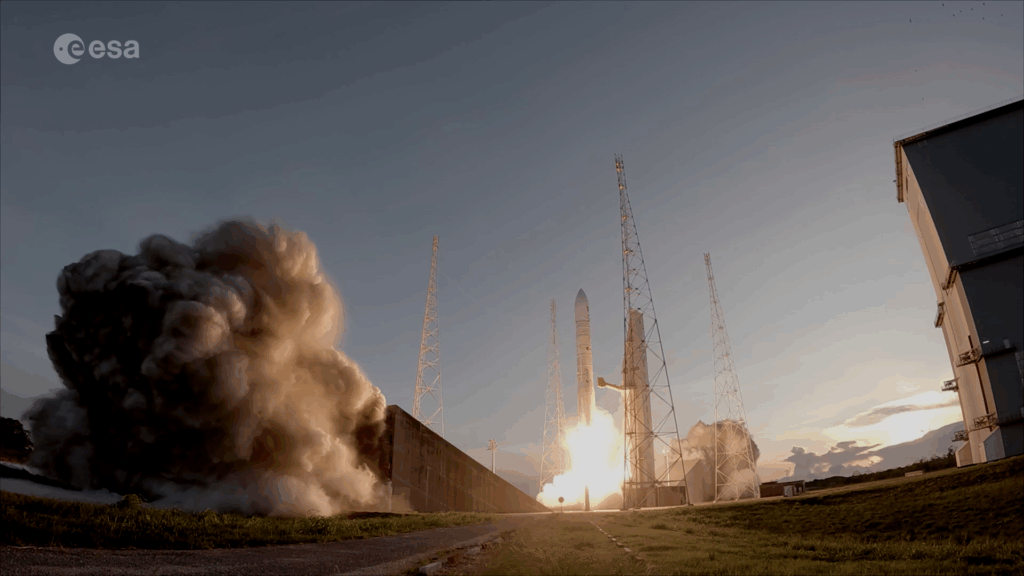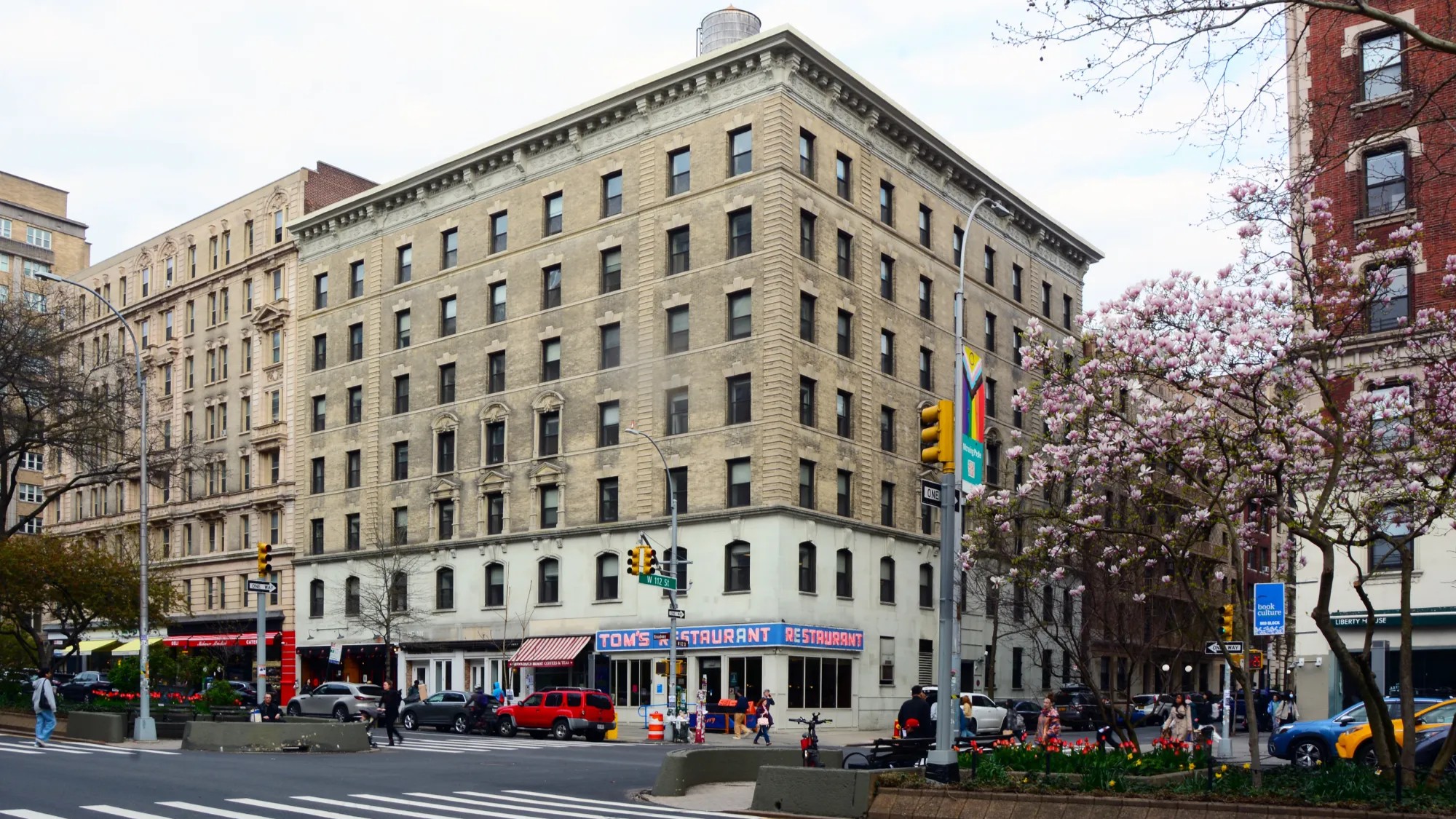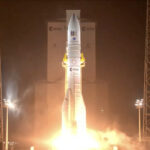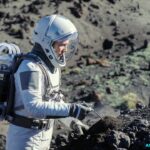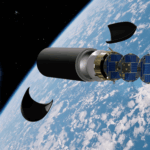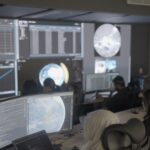Now Reading: Earth from Space: Ghostly lake
-
01
Earth from Space: Ghostly lake
Earth from Space: Ghostly lake


To celebrate Halloween, we bring you these spooky sights of Lake Carnegie in Australia, captured from space by Copernicus Sentinel-2.
Lake Carnegie lies at the southwestern border of the Gibson Desert in the Shire of Wiluna in Western Australia, about 900 km northeast of the state capital, Perth.
Being a large ephemeral lake, Carnegie fills with water only after heavy rains, that are usually rare in the region. When full, its total area is around 5700 sq km, making it one of Australia’s biggest lakes. In dry times, it shrinks down to a muddy marsh. These images were captured after unusually high rainfall in Western Australia, making the lake’s ghostly ‘face’ easily seen from space.
The ghostly connotations don’t end there, as Lake Carnegie was observed through different spectral bands by Copernicus Sentinel-2’s multispectral imager. The image on the left shows the lake in natural colours, as the human eye would see it, while the false-colour image on the right has been processed using three specific spectral bands to create the sinister-looking effect.
This band combination highlights water in deep blue, which makes the lake outlines more distinct and can be used to detect inundation patterns in the area. In particular, at its southeastern end, the lake gives way to swamps and channels that can be more clearly distinguished in false colour rather than in the natural-colour image.
While only about a dozen people are reported to live around Lake Carnegie, the lake provides an important habitat and breeding areas for large flocks of birds. It is also believed to be home to the elusive and critically endangered night parrot, which was thought to be extinct for 100 years.
The whole area is part of the Matuwa Kurrara Kurrara National Park and Lake Carnegie nature reserve, which aims to protect the area’s important biodiversity and the Aboriginal cultural heritage.
Stay Informed With the Latest & Most Important News
-
 012024 in Review: Highlights from NASA in Silicon Valley
012024 in Review: Highlights from NASA in Silicon Valley -
 02Panasonic Leica Summilux DG 15mm f/1.7 ASPH review
02Panasonic Leica Summilux DG 15mm f/1.7 ASPH review -
 03From Polymerization-Enabled Folding and Assembly to Chemical Evolution: Key Processes for Emergence of Functional Polymers in the Origin of Life
03From Polymerization-Enabled Folding and Assembly to Chemical Evolution: Key Processes for Emergence of Functional Polymers in the Origin of Life -
 04How New NASA, India Earth Satellite NISAR Will See Earth
04How New NASA, India Earth Satellite NISAR Will See Earth -
 05And Thus Begins A New Year For Life On Earth
05And Thus Begins A New Year For Life On Earth -
 06Astronomy Activation Ambassadors: A New Era
06Astronomy Activation Ambassadors: A New Era -
07SpaceX launch surge helps set new global launch record in 2024












